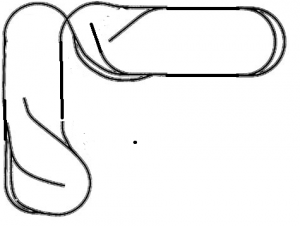Raincoat2
Well-Known Member
I've read a number of the threads, and see lots of opinions. I've got a decision to make! I've done all the research and decided on the layout (HO scale) I want to use, and finished the benchwork for it. I am playing off an Atlas layout called "HO16 - Expand Your 4 x 6 to a Real RR." My design is to stretch the HO16 layout (I have a much larger area to work with), and add a trainyard at one end and a small village at the other end. Atlas sells the HO16 layout in a package. I could buy the package and then buy separate pieces anywhere, including my LHS, to complete the additional areas. Here are my questions:
1. Go with Atlas or another brand? I know this is a loaded question and really opinion-based, but you guys have way more experience with the different brands, and I want to know your thoughts.
2. Buy the package from Atlas or buy each piece separately? (Atlas packages are: code 83: $704, code 100: $668)
Your opinions and ideas are eagerly welcomed.
Raincoat2
1. Go with Atlas or another brand? I know this is a loaded question and really opinion-based, but you guys have way more experience with the different brands, and I want to know your thoughts.
2. Buy the package from Atlas or buy each piece separately? (Atlas packages are: code 83: $704, code 100: $668)
Your opinions and ideas are eagerly welcomed.
Raincoat2



